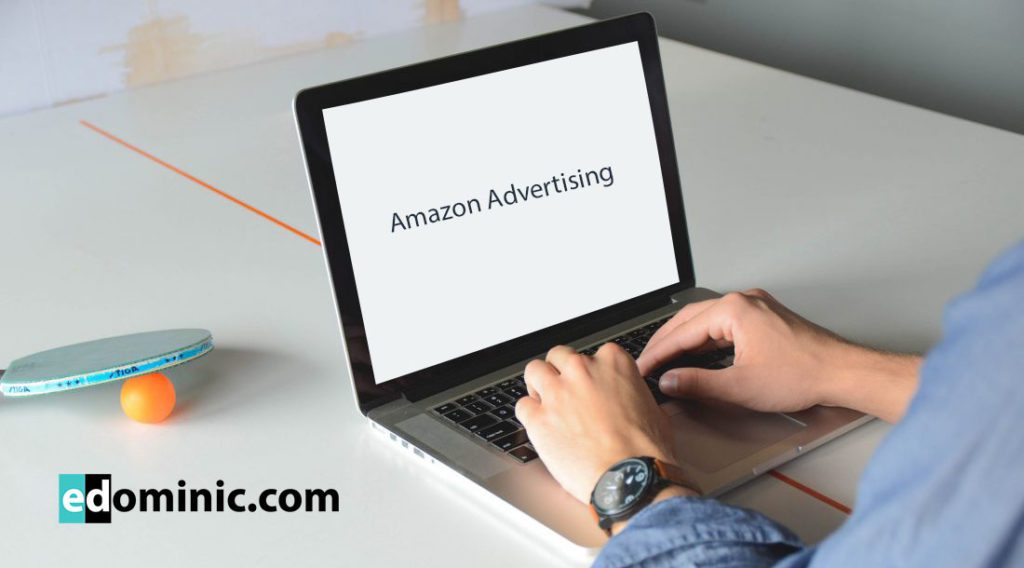There are 2 different marketing groups inside Amazon (to be precise, there are 3 of them, but AMS and AMG, even if different, they are part of the same group) and each one of these has its own specifics: different groups of people, different prices and different pricing plans, different types of ads and different placements on the Amazon site.
1. Retail Marketing
Also called as Co-op placements, this was for some years the only marketing group inside Amazon. It still remains the largest marketing group, and you’ll see in some of the other articles that most of the times, the placements coming from this group have priority against the other ones.
How does it work: You would normally have a dedicated person in Amazon that you would tell what marketing activities you want to use (SVS). This person will send you a list with the placements that are available for you and the prices (depending on your level). Your responsibility is to decide what activities you want to use and the message. The implementation is done by the SVS.
What does it include: Onsite-marketing, E-Mail Marketing, SEO, Special requests (e.g. raffles) and Promotions/Deals (i.e. Lightning deals, Deals of the day, Deals of the week, etc.), Landing pages, etc.
Price plan: pay per activity/pay per plan.
Important to know: In some countries, Germany for example, you can only buy packages, meaning that you cannot select what activities you want to use, but you can select a package plan with the activities that suit you best.
Important to know 2: There are rumours that Amazon will make this a self-service platform.
Important to know 3: With this group, you don’t get any type of reporting for the activities that you bought.
2. Amazon Marketing Group and the Amazon Marketing Services
These are 2 separate platforms, but they are managed by the same group inside Amazon. They are mainly available to vendors. See more about this in “the one about being a vendor or a seller”.
2.1. The Amazon Marketing Group
Most frequently shortened to AMG, it is the classic advertising platform in which you can book some banner placements on Amazon and on Amazon’s partner websites.
How does it work: Just as with Retail marketing, you would have a dedicated person that will firstly send you the placements and the plan prices that apply to your vendor level. You would then plan individually what you want to use (placements to use, message, and designs), book the placements and then Amazon will do all the work.
What does it include: Onsite-marketing, banner placements (on both desktop and mobile), landing pages and reporting.
Price plan: Pay-Per- Click – in most countries (where this group is available), in order to qualify for these placements, you would need to commit to investing a minimum amount of money (for example, a minimum of 10k/month).
Important to know: You should set regular meeting with your Account Manager to make sure that everything is working properly. You should also ask them to regularly optimise your campaigns – you can decide together what segments you should target.
Important to know 2: Ask your contact about any BETA products. For example, to some vendors/agencies they have decided to give access to control this platform by themselves – meaning that you have to create your ads and optimise them yourself. If you think that this is advantageous for you, go for it, but keep in mind that you won’t get the same level of support if you decide to go autonomously.
2.2. Amazon Marketing Services (AMS)
For those familiar with Google AdWords, this is its younger and unexperienced cousin that is growing rather slower than anticipated. AMS is completely autonomous and gives you freedom on using and optimizing the 3 types of ad placements that come with this group.
How does it work: You are given access to a self-service platform where you are creating and optimising your campaigns. You should still have a dedicated Account Manager (depending on your level), but he/she is there only for support (i.e. help with issues, reporting, BETA products, etc.)
What does it include: Display (Headline Search Ads, and Product Display Ads) and Search ads (Sponsored Product Ads).
Price plan: Pay-per-click. This is an auction platform in which you are bidding either for keywords or for clicks – the latter is based on interest targeting. See also The ones about how to create each one of the 3 types of ads in the Fundamentals Section under AMS.
Important to know: Vendors have access to all 3 types of ads: Headline Search, Product Display, and Sponsored Products. Sellers have access only to Sponsored Product ads. Read more in The one about being a vendor or a seller.
Important to know 2: Ask your contact about any BETA products and BETA reporting. Also, use your relationship with him/her to resolve any type of issues that arise (and there are issues arising).


Pingback: Black Friday week - an Amazon scam to make you pay more for advertising?! - AmazonPPC
Pingback: When is Amazon Prime Day 2018 and how to prepare your AMS campaigns for it - AmazonPPC
thanks for sharing this information.have shared this link with others keep posting such information..
Pingback: When is Amazon Prime Day 2018 and how to prepare your AMS campaigns for it - eDominic